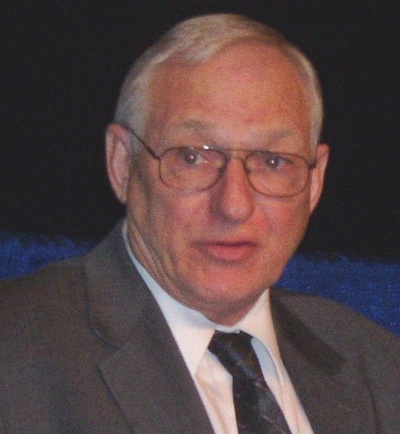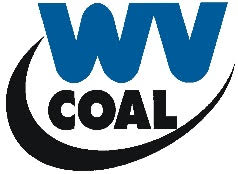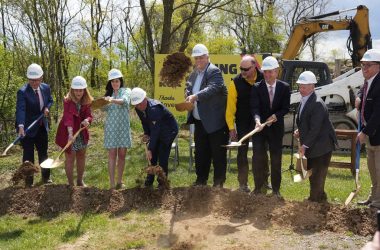Coal Mining Symposium attendees get good news on state of mine safety

Federal Mine Safety and Health Administration chief
CHARLESTON, W.Va. — Federal Mine Safety and Health Administration chief Joe Main said mine safety has been steadily improving and he believes the culture of mine safety is better, too.
“If you look at our data, what it tells us is we have been on a steady path of improvement in mine safety, particularly since we began implementing a number of reforms in MSHA and throughout the mining industry back in 2010,” Main said. The improvement includes a reduction in so-called chronic violators. “If you look at the overall, there’s been a steady improvement in compliance by the mining industry as a whole since that period.”
Main spoke Jan. 30 at the West Virginia Coal Association’s 41st Annual Coal Mining Symposium at the Charleston Civic Center. Main’s presentation was one several industry and safety seminars during three-day event.
“We’ve also achieved the lowest fatality and injury rates – 2011 was the safest year in mining in the United States, in both fatal rates and injury rates. That was replaced in 2012 as the safest year in mining history in terms of injury and fatal rates. The 2013 fiscal year (Oct. 1, 2012, through Sept. 30, 2013) was the safest of any fiscal year in the history of mining in this country in terms of fatal rates, injury rates, and the fewest number of miners who died on the job, at 33.
“The first three quarters of 2013 contributed to that record,” Main said. “However, as we all know, the fourth quarter of 2013 did not follow that trend. It was sort of like the first breakaway from a trend of improvement. The last quarter of 2013, we saw an increase in the number of miner deaths. There were 15 miners died between Oct. 1 and the end of the year.
“Six of those were at coal mines, nine were at metal and non-metal mines. The interesting thing we’ve looked at is the spike was actually on the metal and non-metal side, not on the coal side. The metal and non-metal industry had a record that was their worst in some years. They had been on a sustained path as well of improving mine safety. The fourth quarter is something we clearly intend to reverse the trend on.”
The number of contractor deaths in 2013 – four — is noteworthy in that it is a dramatic decrease, Main said. “We’re trying to look hard to try to figure out what we’re doing right, to continue the progress.”
Coal mining fatalities occurred in nine states in 2013. “Six were here in West Virginia, followed by Illinois with four, two each in Kentucky, Pennsylvania and Wyoming, and one in Alabama, Indiana, Ohio and Utah.”
The Waynesburg, Pa., native said the most common cause of coal mining deaths in 2013 in both coal and metal/non-metal mining involved machinery and powered haulage equipment.
“In coal there were seven fatal accidents involving powered haulage equipment, six involving machinery. There was one involving hoisting, two involving fall of roof or back and two involving fall of face or highwall. There was one caused by an exploding vessel under pressure and one caused by drowning.
“If we went back 15 or 20 years, we would have been talking about roof fall mining deaths,” Main said. “Roof falls have become one of the fewest types of mining deaths. I think it is a credit to the work that’s been done in the mining industry, to control roofs, faces and ribs far more than what we were able to do years ago.”
Main said coal mining fatalities continue to occur that could have been prevented with proximity detection systems.
Overall, “I think not only are we looking at a change in mine safety as a whole, but the culture of mine safety in this country – I think all of us would have to admit that where we stand today is a bit different than where we were some years ago,” Main said. “I believe there is a culture improvement. While we’ve made progress in a number of areas in mine safety, there’s still more work to be done.”






